Project Quality Management Assignment: Website Development Standards
VerifiedAdded on 2021/06/14
|5
|891
|54
Project
AI Summary
This project quality management assignment outlines the key aspects of ensuring website quality throughout the development lifecycle. The assignment begins with quality planning, emphasizing adherence to ISO standards for web content accessibility (ISO/IEC 40500:2012) and software criteria (ISO 9126), along with website design principles based on HCI and Gestalt principles. It defines project quality based on user requirements, time, and budget. Quality measurement involves tracking on-time performance, cost control, and defect frequency. Quality assurance focuses on meeting performance measures, seamless integration with other systems, and user-friendliness, with iterative testing throughout the development process. The assignment further analyzes project quality using tools like Pareto charts and cause-and-effect diagrams to identify and address root problems, while incorporating TQM and lean principles for continuous improvement. Quality control is performed iteratively at the end of each sprint backlog, ensuring defined quality standards are met through testing and improvements. The assignment references several sources, including ISO standards and project management literature, to support the methodologies discussed.
1 out of 5
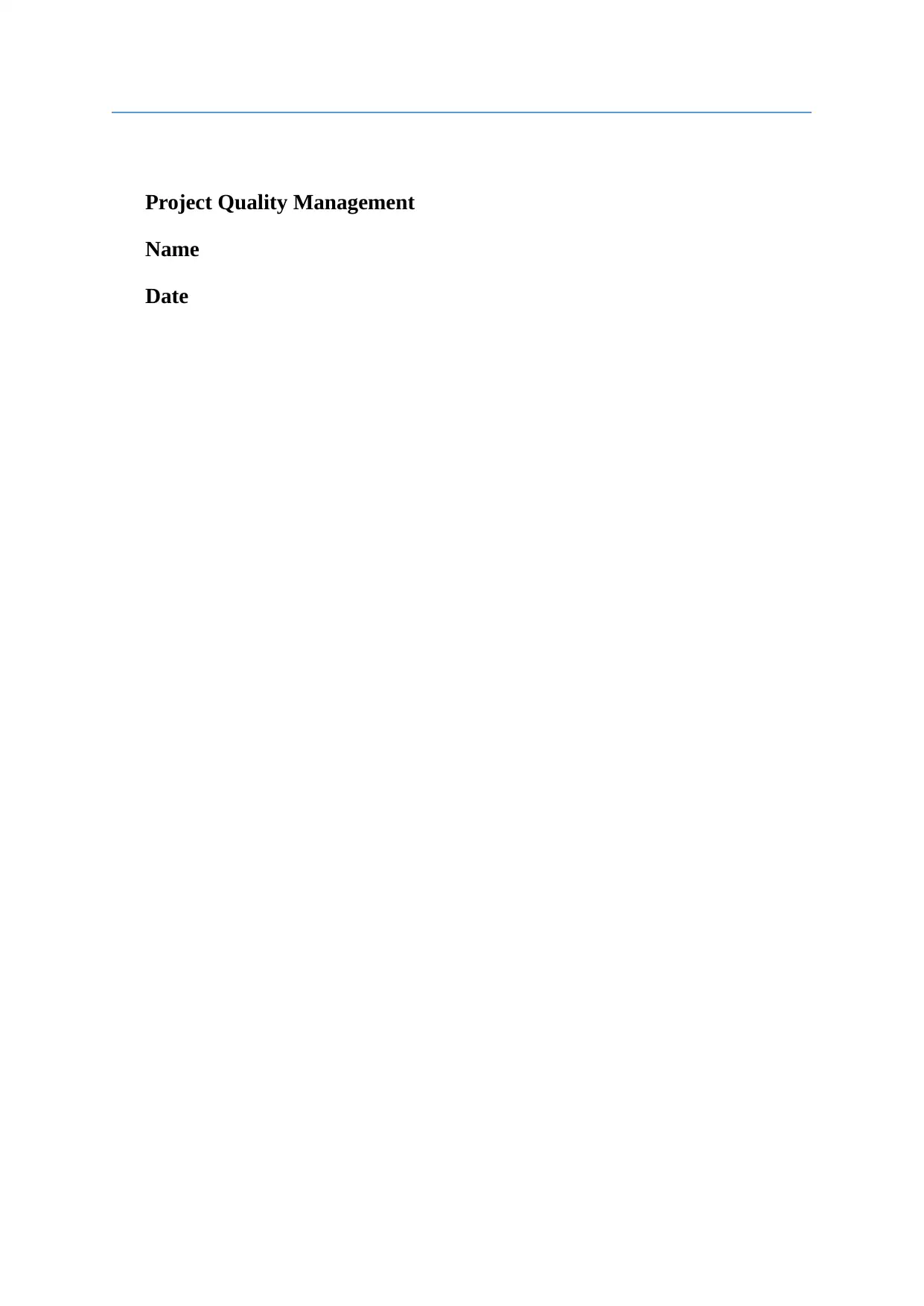
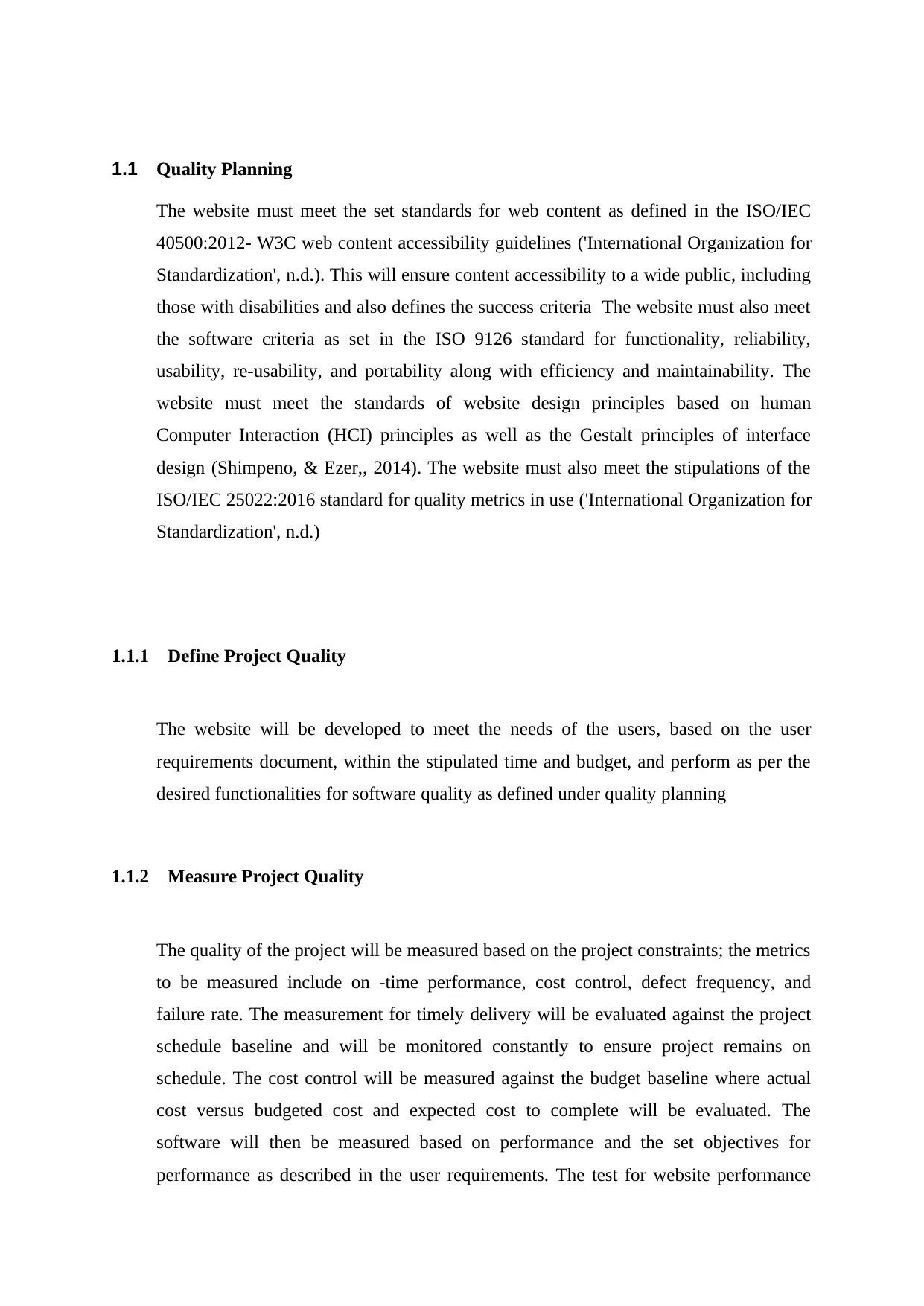
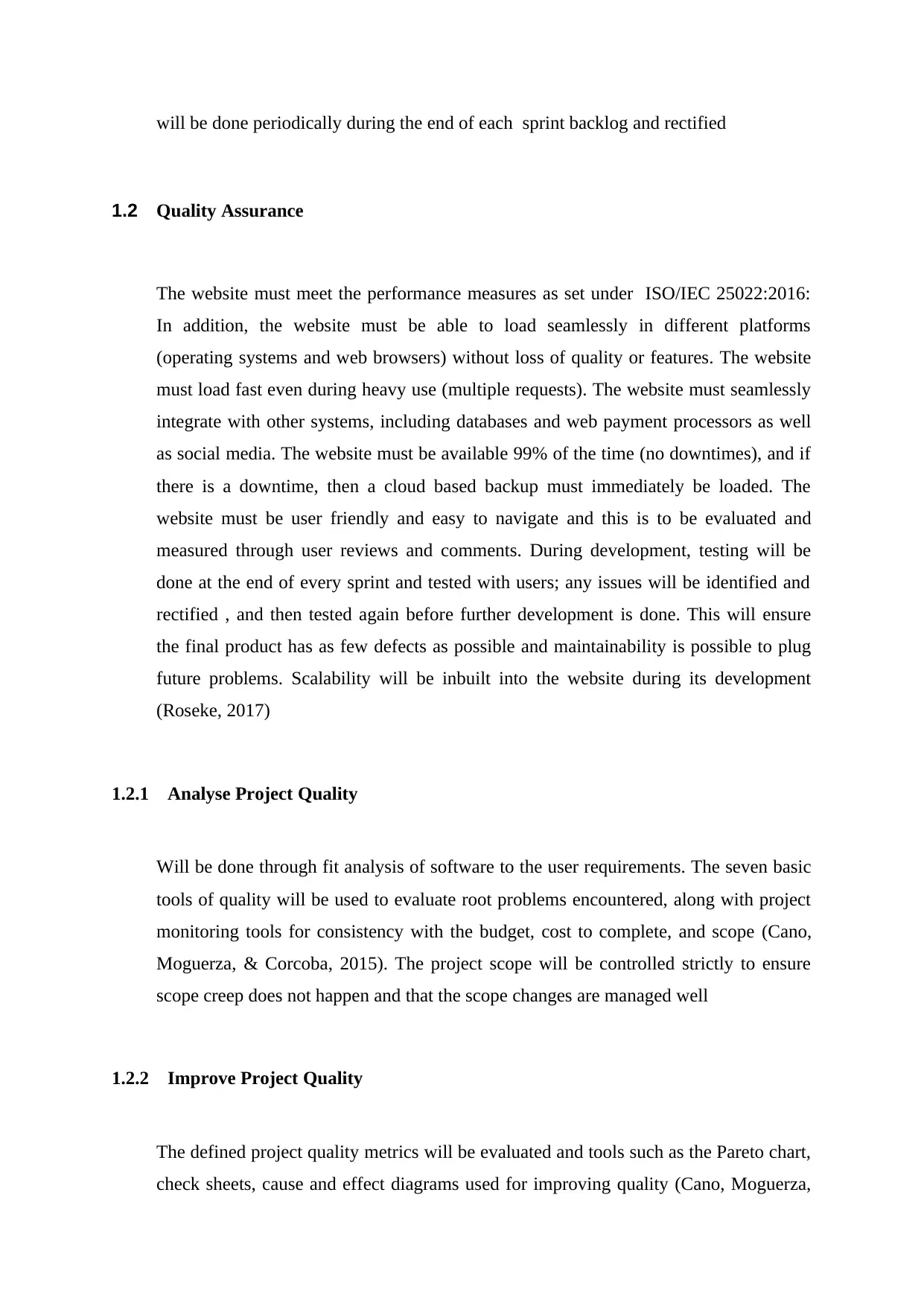

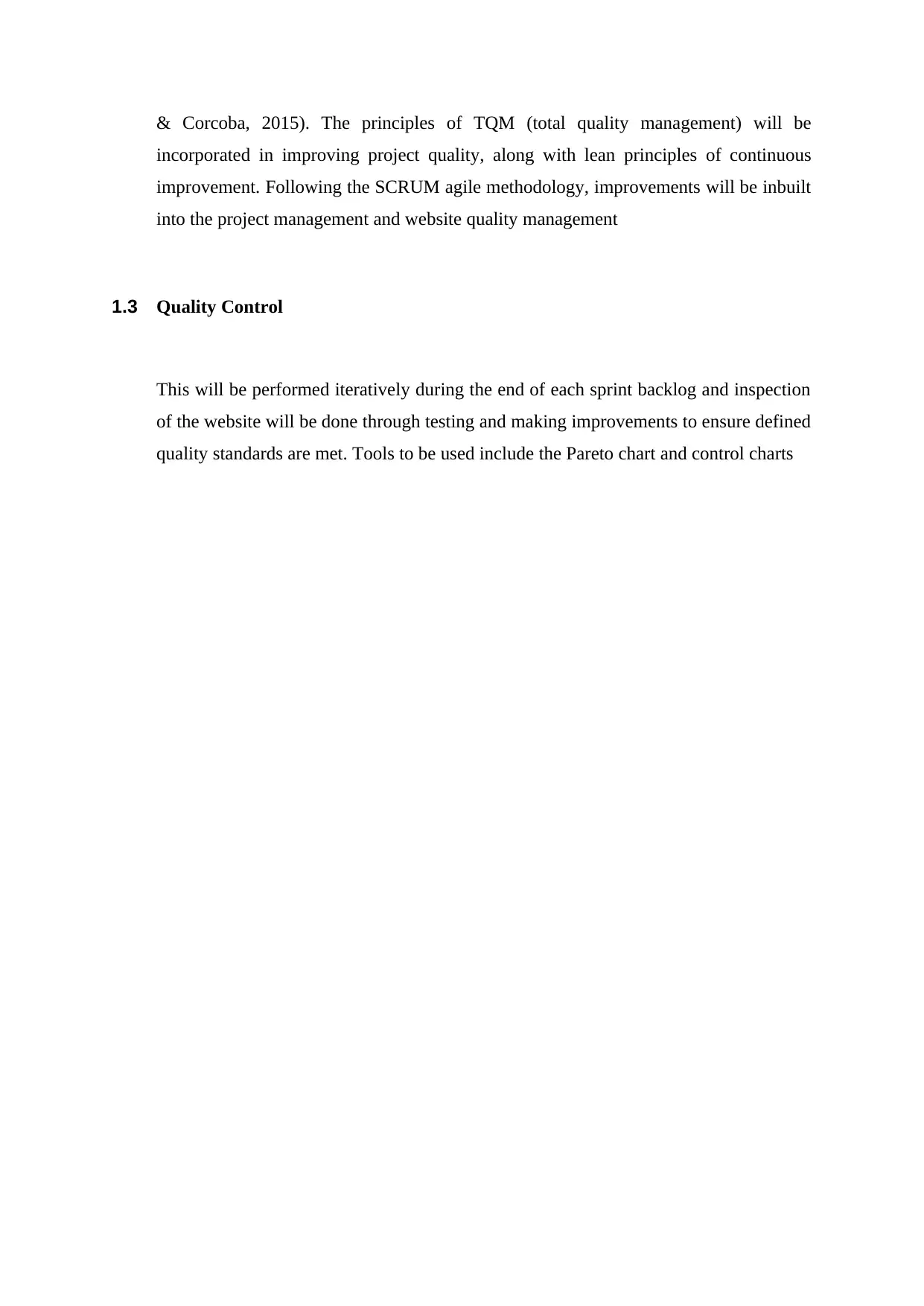
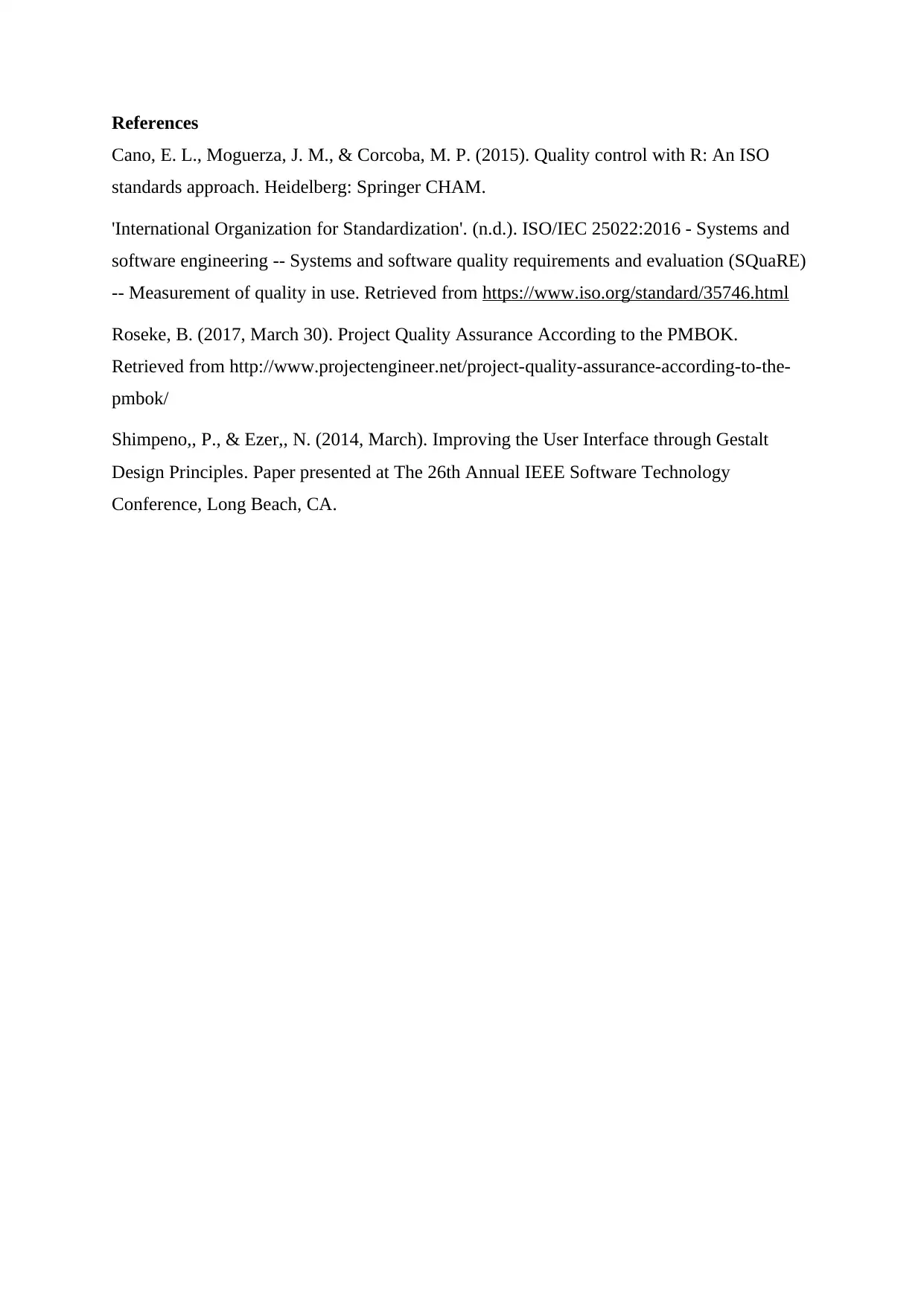


![[object Object]](/_next/static/media/star-bottom.7253800d.svg)